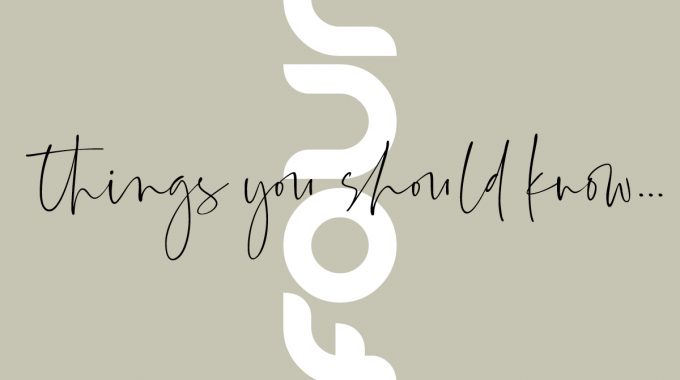
FOUR things every business should know about PR
1) PR is the business of persuasion
“Many a small thing has been made large by the right kind of advertising.” – Mark Twain
You are trying to convince an audience, outside your usual sphere of influence, to promote your idea, purchase your product or service, support your position or recognise your achievements.
PR people tell stories, they weave narratives around agendas for the good the bad, and the ugly. To build and protect reputations through valid communication channels, a good PR person will seek to find the positives and translate them and, when the news is negative, find a way to mitigate damage.
A PR toolbox will usually include the following:
- Media relations
- Crisis communications
- Social media engagement
- Content creation
- Online influencer engagement
- Public consultation
- Reputation management
- Stakeholder relations
- Copywriting
- Event management
2) It is essential to understand the meaning of news
“PR is a mix of journalism, psychology, and lawyering – it’s an ever-changing and always interesting landscape.” – Ronn Torossian
If you are thinking of hiring a PR firm, it’s crucial you understand how news works: and there are two ways to make news – you tell the story, or you follow the story.
Create A Story. This is the most common form of public relations. Create a story to launch or promote a new product or service, a new hire, a new disruption or, for instance, winning an award.
Journalists, speakers, bloggers and other influencers do not want to transcribe your notes. They will ask “What’s in it for me and my audience?” So, think about the story from their perspective and ask yourself the following:
- What’s the story?
- Why should I care?
- Why should I care NOW?
- Is it new?
- Is it unusual?
- Is there a human interest angle?
Follow a Story. If opportunity knocks, answer.
This is when you notice a story in the news and respond. For example:
- Stock market crashes
- Scandal(!)
- Economic peaks and troughs
- Breaking national news
With some quick thinking, reaching out can lead to great new connections and media attention.
3) Can social media replace traditional media?
“If I was down to the last dollar of my marketing budget I’d spend it on PR!” – Bill Gates
We do not believe so. Social media works as a wonderful companion, but there is still a time and a place for both in the third decade of the 21st century.
There is a growing perception that blogs, tweets, Insta posts – if enough people see them – are just as good as quotes picked up by local or national media.
Do not be fooled by the hype. Social media can augment the more ‘traditional’ PR efforts and serve as an amplifier. They work most effectively when they are working hand in hand.
4) How does PR differ from advertising?
“Advertising is what you pay for, publicity is what you pray for.” Helen Woodward
- It is unpaid vs. paid.
- Earned vs. purchased.
- Credible vs. sceptical.
Advertising is paid media; public relations is earned media.
Rather than paying to place an ad, you develop relationships and contacts within the media sphere that you work with for (positive) stories. There are a number of schools of thought as to the value of editorial against advertising, and it certainly varies depending on the chosen online or offline medium, but the rule of thumb is always that the value of the PR content is significantly higher – the difference between the credibility of content verified by a trusted third party against paid for content.
Another huge difference is the price. PR firms will often charge monthly retainers or can be hired for specific projects. (You can talk to us at FOUR here for more on this.)
Advertising can be pricey. Now, there’s absolutely nothing wrong with advertising and we do loads for our clients. Advertising provides the opportunity to raise awareness, build the brand and effectively reflect a tone of voice and build the character of the brand. It’s far more of a short term strategy, delivering a specific message. The PR, on the hand, is more ‘big picture’, focusing on information about the brand and what is behind it, building loyalty and understanding amongst both stakeholders and consumers.



